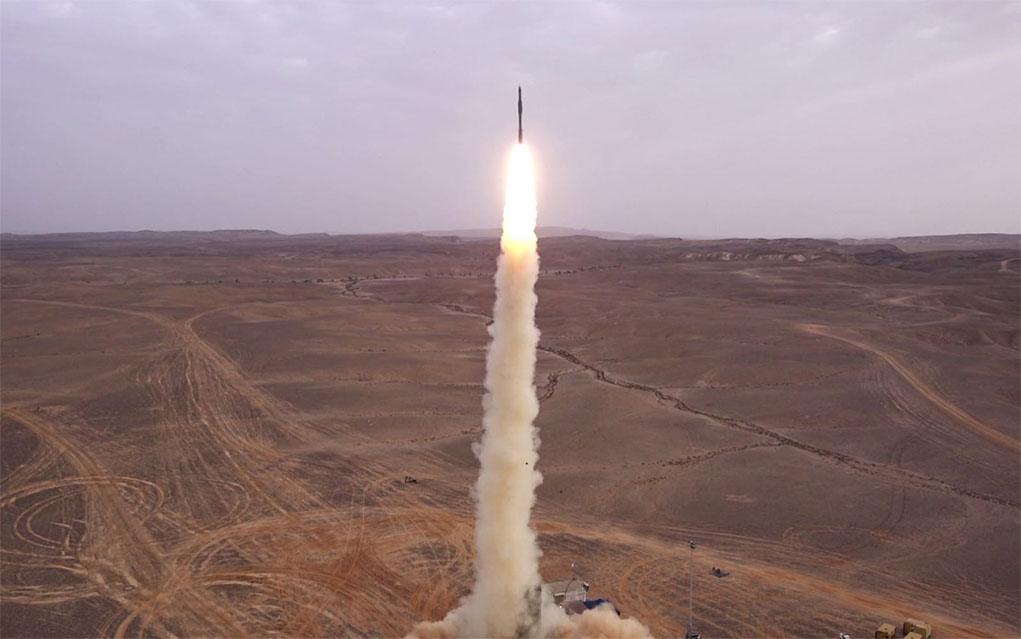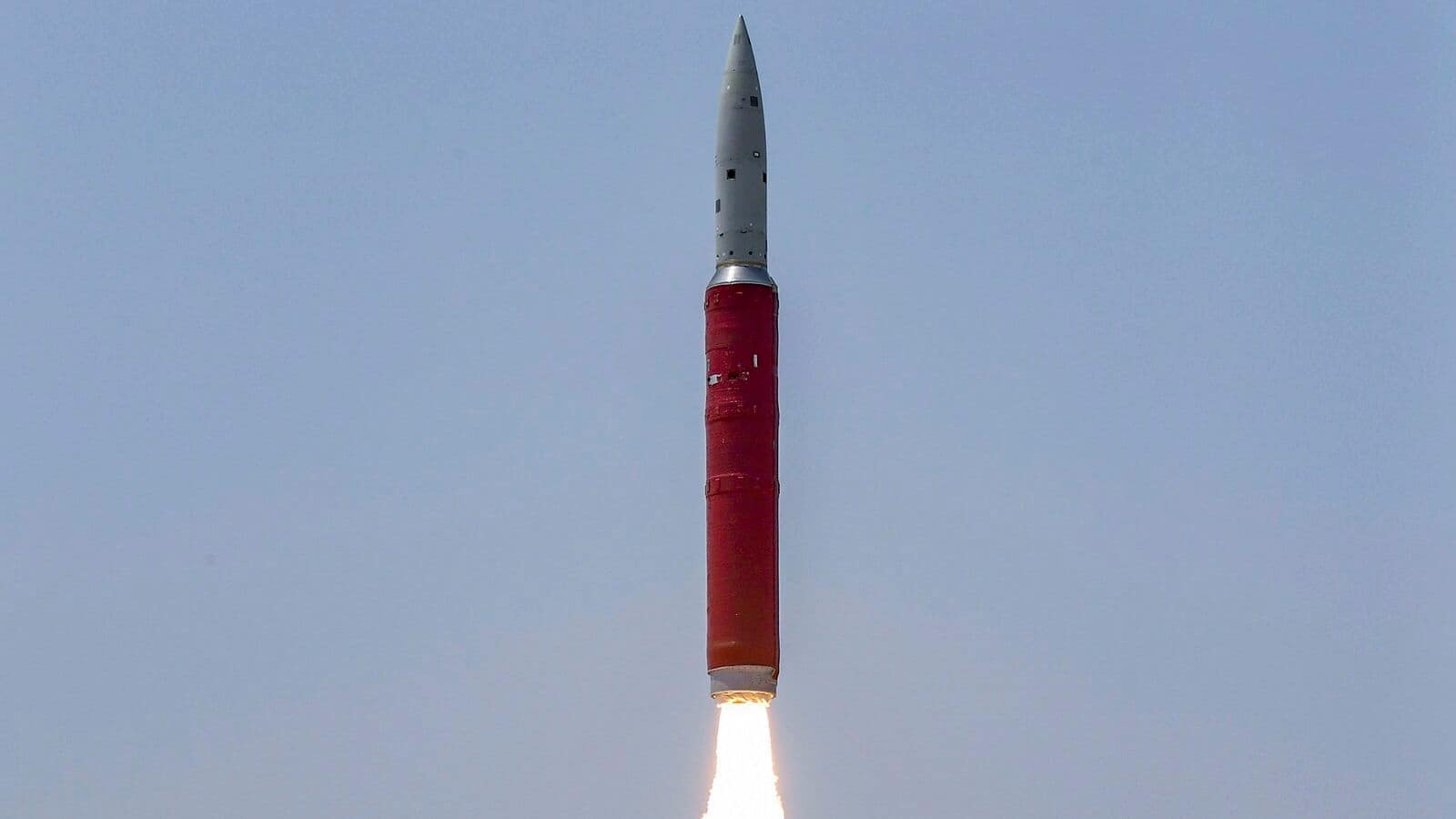India's Defence Research and Development Organisation (DRDO) on Wednesday successfully conducted the maiden flight test of phase-II Ballistic Missile Defence (BMD) interceptor AD-1 missile with a large kill altitude bracket off the Odisha coast. All components of the BMD weapon system that were spread out across a variety of locations participated in the flight test.
"AD-1 is a long-range interceptor missile designed for both low exo-atmospheric and endo-atmospheric interception of long-range ballistic missiles and aircraft. It is propelled by a two-stage solid motor and equipped with the indigenously developed advanced control system, navigation and guidance algorithm to precisely guide the vehicle to the target," a DRDO official said.
During the flight test, all the sub-systems performed as per expectation and this was validated by the data captured by a number of range sensors including radar, telemetry and electro-optical tracking stations deployed to capture the flight data.
Defence Minister Rajnath Singh congratulated DRDO and other teams associated with the successful flight trial of AD-1 and said it is a unique type of interceptor with advanced technologies that are available to very few nations in the world. He said it will further strengthen India's BMD capability to the next level.
Chairman DRDO Samir V Kamat also congratulated his team on the successful trial of AD-1 and said this interceptor will provide great operational flexibility to the users and has the capability to engage many different types of targets.
After the Kargil War in 1999, India's BMD program was launched with Pakistan's expanding missile arsenal in mind. China also contributed significantly to Pakistan's missile program. The goal of India's Ballistic Missile Defence (BMD) program is to provide an air defense shield against all kinds of hostile missiles, including nuclear ones.All of these assets, which were developed by India's foremost defense research organization DRDO, are currently in use by the Indian Air Force.
The flight test was carried out with the participation of all BMD weapon system elements located at different geographical locations

www.livemint.com






